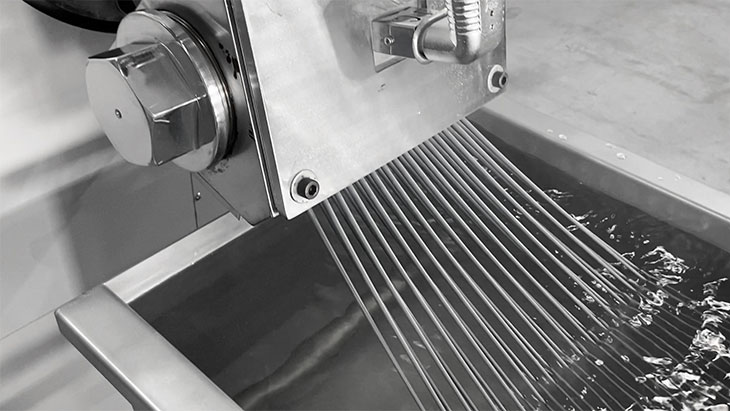Ошибка формата электронной почты
emailCannotEmpty
emailDoesExist
pwdLetterLimtTip
inconsistentPwd
pwdLetterLimtTip
inconsistentPwd

Offer Technical Support and Customized Solutions
The company is committed to creating new and improved plastic materials to meet the evolving demands of the market.

Plastic Particle Production Process
The production process of plastic granules using a pelletizer involves several steps. Firstly, the plastic material, commonly in the form of pellets or flakes, is fed into the hopper of the pelletizer. The material is then conveyed by a screw or auger into the barrel of the pelletizer.
Inside the barrel, the plastic material undergoes a melting and homogenization process. This is typically achieved by heating the barrel to a specific temperature, allowing the plastic to melt and mix thoroughly. At this point, additives such as colorants or stabilizers can also be added to the melted plastic to achieve desired properties.
Once the plastic material is thoroughly melted and mixed, it is extruded through a die. The die, also known as a perforated plate, determines the shape and size of the plastic granules. As the melted plastic is forced through the die, it is cut into small, cylindrical pieces by a series of rotating blades or knives.
The freshly cut plastic granules are then cooled using a water cooling system. This helps to solidify the molten plastic and prevent any deformations or sticking together of the granules. The cooled plastic granules are usually collected in a water bath or on a conveyor belt, allowing them to be separated from any residual water.
After the plastic granules have been cooled and dried, they can be further processed or packaged for distribution. This may involve additional treatments such as sieving or classifying to ensure consistent size and quality of the granules.
Overall, the use of a pelletizer in plastic granule production provides a controlled and efficient method for transforming plastic material into uniform and manageable granules, which can be used in a variety of applications such as injection molding, extrusion, or as raw materials for other plastic products.

